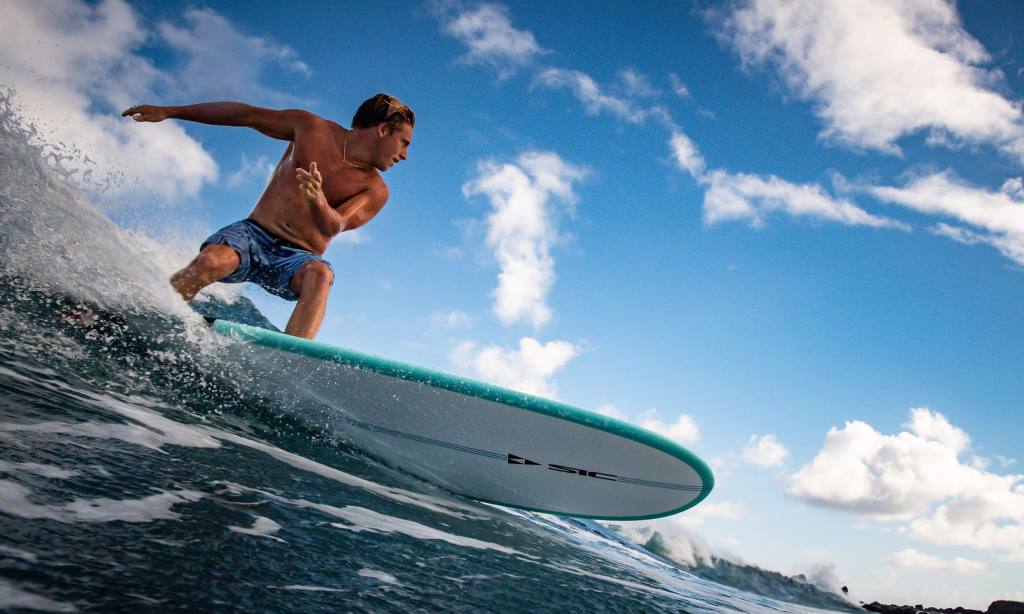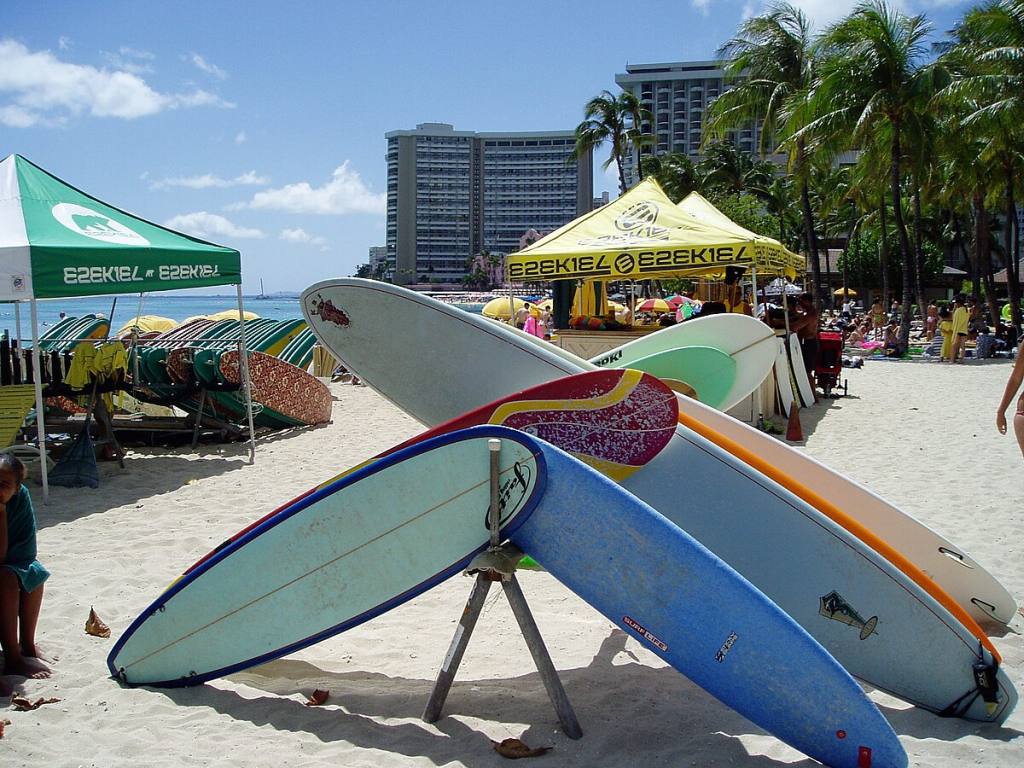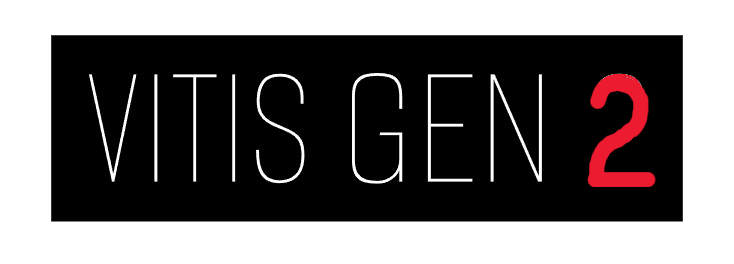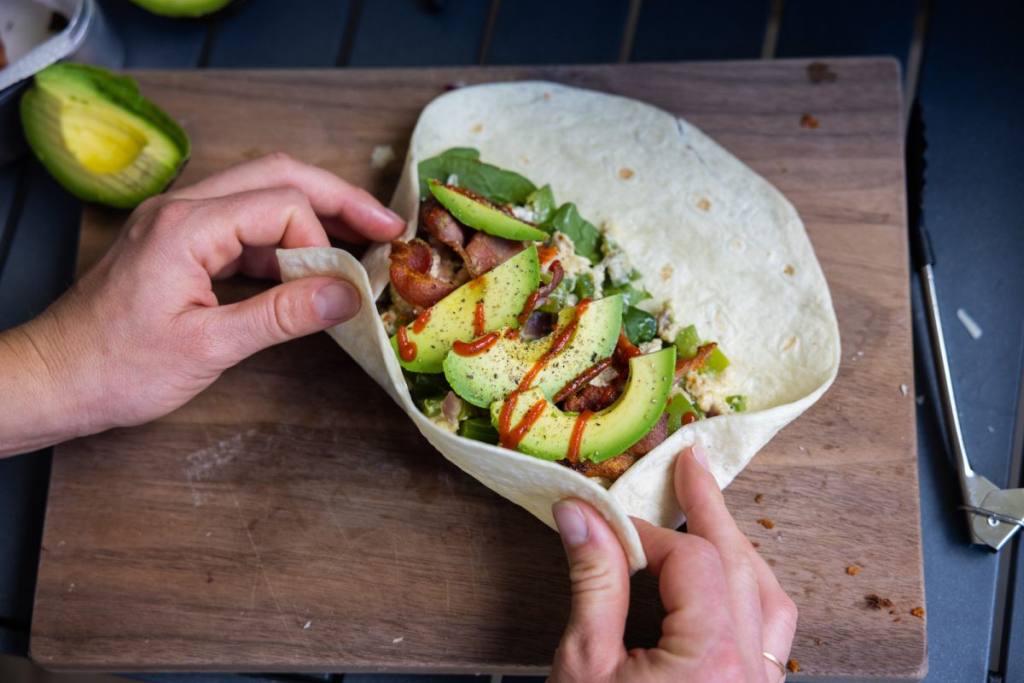How to Choose the Right Surfboard for Your Skill Level

Selecting the right surfboard is a critical step in enhancing your surfing experience, whether you’re just starting or looking to advance your skills. The surfboard you choose should match your ability, the types of waves you plan to surf, and your personal preferences. Picking the right board can make learning easier, help you progress faster, and ensure you enjoy your time in the water. This guide will help you navigate the different factors to consider when choosing a surfboard that your skill level.
Understanding Your Skill Level
Before selecting a surfboard, it’s important to have an honest assessment of your current skill level. Surfboards are designed with varying levels of stability, maneuverability, and speed in mind, each catering to different abilities. Beginners, for instance, need a board that provides maximum stability and buoyancy to help them catch waves and maintain balance. Intermediate surfers may seek a board that offers a balance between stability and maneuverability, allowing them to start performing more advanced maneuvers. Advanced surfers, on the other hand, often opt for a board that offers speed and agility to tackle larger, more challenging waves.
If you’re just starting, a longer, wider board with a lot of volume will be your best friend. These boards, often referred to as soft-tops or longboards, make it easier to paddle, catch waves, and stand up. For intermediate surfers, transitioning to a shorter board, like a funboard or fish, can help improve your turns and give you more control. Advanced surfers usually prefer shortboards, which are designed for quick maneuvers and handling powerful waves.
Considering Surfboard Shapes and Sizes
Surfboard shapes and sizes play a significant role in how they perform in the water. The most common types of surfboards include longboards, shortboards, fish, and funboards, each with distinct characteristics.
Longboards are typically 8 to 10 feet in length, providing excellent stability and ease of paddling. These boards are ideal for beginners as they make it easier to catch smaller waves and give you more time to stand up. They are also a good choice for surfers who enjoy a more relaxed style of riding, focusing on smooth, flowing maneuvers.

Shortboards, usually ranging from 5 to 7 feet, are designed for speed and agility. They have a narrower shape and less volume, making them more suitable for advanced surfers who want to perform quick turns and ride larger waves. However, these boards are not recommended for beginners due to their lower stability and difficulty in paddling.
Fish boards are shorter and wider than shortboards, with a distinctive swallowtail shape. They are a great option for intermediate surfers looking to catch smaller, less powerful waves while still having the ability to make sharp turns. Funboards, or hybrids, fall between longboards and shortboards in terms of size and performance. They offer a good balance of stability and maneuverability, making them an excellent choice for those transitioning from beginner to intermediate levels.
Material Matters: Foam vs. Fiberglass
The material of your surfboard can significantly impact your surfing experience. Foam boards, also known as soft-tops, are made from a foam core covered with a soft outer layer. These boards are highly buoyant, making them ideal for beginners who need extra stability. They are also more forgiving when you fall, reducing the risk of injury. Foam boards are generally less expensive and durable, making them a popular choice for those just starting.
Fiberglass boards, on the other hand, are made from a foam core covered with a hard fiberglass shell. These boards are more rigid and responsive, providing better performance in the water. They are favored by intermediate and advanced surfers who want a board that can handle more challenging conditions and allow for precise maneuvers. However, fiberglass boards are more prone to dings and damage, requiring more care and maintenance.
When choosing between foam and fiberglass, consider your skill level, frequency of use, and the types of waves you plan to surf. Beginners will benefit from the forgiving nature of foam boards, while more experienced surfers may prefer the performance and durability of fiberglass.
Matching Your Surfboard to Wave Conditions
The type of waves you plan to surf should also influence your choice of surfboard. Different boards perform better in different conditions, and matching your board to the wave type can enhance your surfing experience.
For smaller, slower waves, a longboard or fish board is ideal. These boards are designed to catch waves easily and maintain speed, even on gentle slopes. If you’re surfing in conditions with faster, more powerful waves, a shortboard will give you the agility and control needed to navigate steep drops and perform quick maneuvers.
For those who surf in a variety of conditions, a funboard offers versatility. It can handle a range of wave sizes and types, making it a good all-around option for surfers who want to be prepared for anything. Keep in mind that no single board is perfect for all conditions, so as you progress, you may find it beneficial to have a quiver of boards to choose from, depending on the day’s surf.
Conclusion
Choosing the right surfboard for your skill level is essential to your progression and enjoyment in surfing. By understanding your ability, the different types of boards available, and how they match your surfing style and wave conditions, you can make an informed decision that enhances your time in the water. Whether you’re just starting with a stable foam longboard or looking to advance with a high-performance shortboard, selecting the right surfboard will set you on the path to success. For more in-depth advice and surfboard options, visiting a reputable surfing website can provide additional insights and help you make the best choice for your needs.











